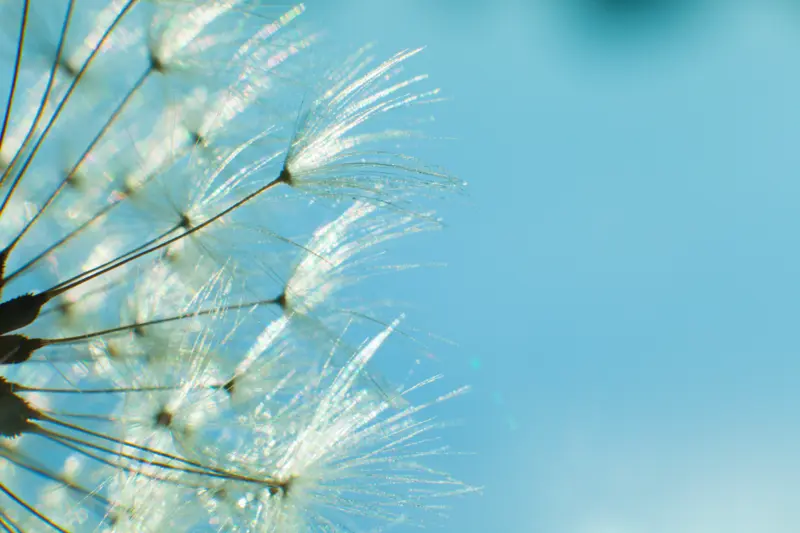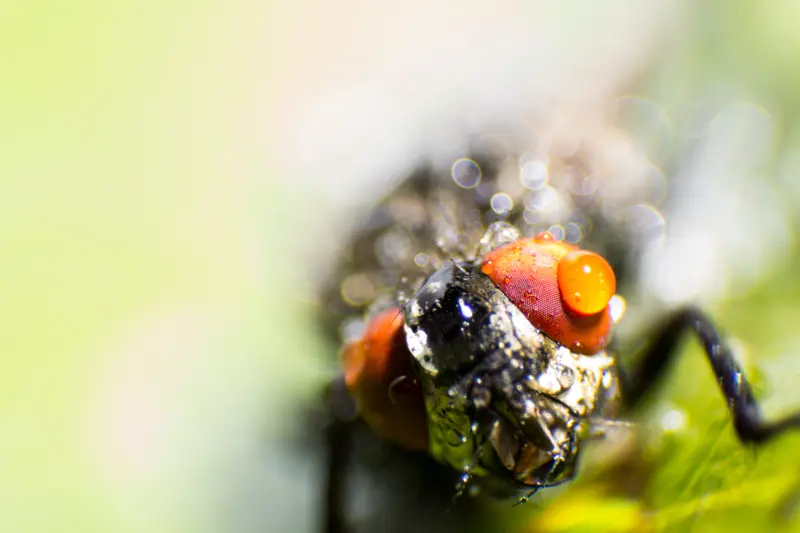A World in Miniature:
Unveiling the Magic of Macro Photography
The world is teeming with hidden wonders, invisible to the naked eye. But with the power of macro photography, these miniature marvels are brought into stunning focus. This technique lets photographers capture subjects at a magnification ratio greater than 1:1, which means that the subject appears larger in the image than it is in real life, revealing intricate details often overlooked in everyday life. Imagine a dewdrop clinging to a spiderweb, transformed into a glistening diamond. Or a tiny insect, its delicate features and vibrant colors magnified to breathtaking proportions. These are just a few examples of the magic that macro photography can create.
Mastering the art of macro photography requires a blend of technical expertise and artistic vision. Specialized equipment, such as a macro lens designed to focus at extremely close distances, is a must. These lenses enable photographers to get up close to their subjects without compromising on image quality. Tripods are also indispensable, as even the slightest camera movement can be amplified at such high magnifications, leading to blurry images.
The applications of macro photography are vast and varied. It’s a popular choice for capturing the intricate beauty of nature, from the delicate veins of a flower petal to the mesmerizing patterns on a butterfly’s wing, which can range from intricate lines and dots to vibrant colors and unique textures. Macro photography is also valuable in scientific and technical fields, allowing researchers to document minute details of insects, plants, and other specimens with exceptional clarity.
Even with the technical aspects, mastering the art of composition is equally essential in macro photography. Because the background is often thrown out of focus, photographers must carefully consider subject placement and framing to create visually compelling images. Leading lines, such as the curve of a leaf or the stem of a flower, can guide the viewer’s eye to the main subject. Negative space, the area around the main subject, can be used to create a sense of balance and draw attention to the subject. The use of shallow depth of field becomes a powerful tool for highlighting the intricate details of the subject.
Macro photography offers a unique perspective that can transform the ordinary into the extraordinary. A simple raindrop on a leaf becomes a miniature world, showcasing the beauty and complexity of nature on a microscopic scale. Conversely, everyday objects like buttons, coins, or household items can be transformed into fascinating subjects through the macro lens.
Post-processing is a crucial part of the macro photography journey, allowing photographers to refine their images and bring out the best in their subjects. Techniques like color correction, sharpening, and noise reduction can significantly enhance the final image. Thoughtful post-processing ensures that the subject’s details are sharp, colors are vibrant, and any imperfections are minimized, resulting in a polished and visually stunning photograph.
In conclusion, macro photography is a captivating technique that allows photographers to explore the world’s hidden wonders. By utilizing specialized equipment, mastering composition, and embracing the power of post-processing, photographers can create captivating images that reveal the beauty and complexity often hidden from plain sight. So, the next time you encounter a tiny flower or a fascinating insect, consider the magic of macro photography – a gateway to a world waiting to be discovered.


